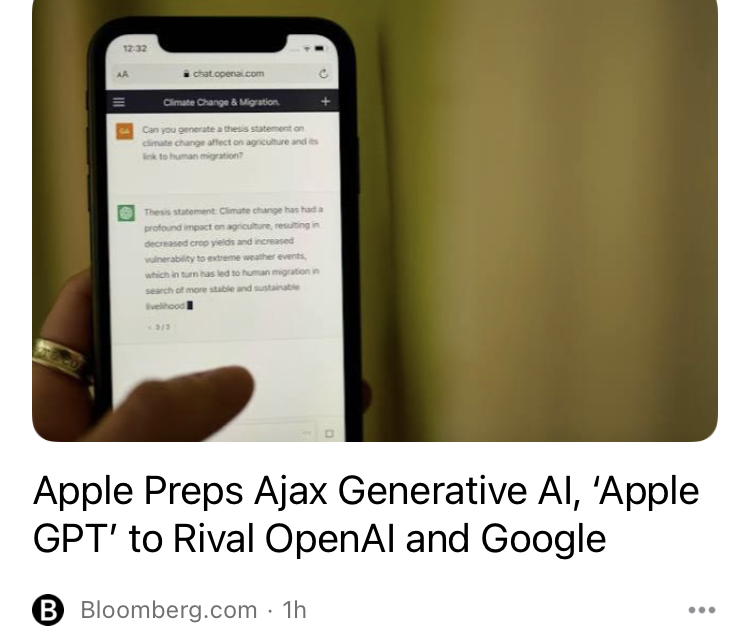trained on 2 trillion token + giant amount of human fine tuning, apparently it make it possible to have GPT-3.5 level running on your local computer if you have a lot of ram:
https://arstechnica.com/information...cial-applications/?comments=1&comments-page=1
https://arstechnica.com/information...cial-applications/?comments=1&comments-page=1
![[H]ard|Forum](/styles/hardforum/xenforo/logo_dark.png)
